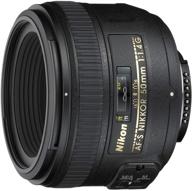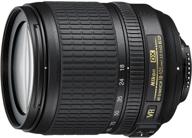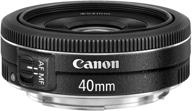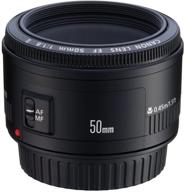
Review on 📷 Sigma 12-24mm f/4.5-5.6 EX DG IF HSM Aspherical Lens Review: Ideal Ultra Wide Angle Zoom Lens for Canon SLR Cameras by Brandon Bullard

Unique ultra wide angle lens but poor quality control Sigma
Nothing else suitable for use with full frame 35mm cameras or digital cameras like the Canon 5D. At full frame, it's so wide you can almost see behind you (well, not quite, but close to a 180-degree field of view). It's not a fisheye, so straight lines stay straight. There is some vignetting at 12mm, but it's less than my Canon 17-40 L lens at 17mm. This lens pushes the limits of physics so it's not as sharp as some lenses, but it captures a much larger field of view and delivers sharp images from all angles. For use with cropped sensor cameras like the XT, 20D or 30D the Canon 10-22mm might be a better choice as it gives a super sharp center image. Canon, on the other hand, produces blurry images on the sides when the aperture is wide open, but sharpens at apertures up to f8 or more. My third Sigma lens is less sharp in the center of the frame than the Canon, but sharper from the center when both lenses are wide open. Closer to the edges of the frame, the Canon produces a dark and washed-out image at 12mm wide-angle, while the Sigma is only slightly less sharp than in the center - truly amazing! Unfortunately, Sigma lenses seem to be sold "as is" with a wide range to choose from. variations. My first instance of lens autofocus died after less than 30 shots. The second specimen had poor optics with soft and blurry images, even with manual focus. The third specimen is sharp at 12mm, even wide open, to the edges, but only with manual focus. At 12mm, the lens focuses too far when the subject is close and too close when the subject is far away. At 24mm, autofocus is precise but softer than 12mm. I chose to leave it as it is easy to focus manually. The depth of field is large - 12 mm. For subjects further than a few yards away when using 12mm, simply set the lens to infinity and anything from a few yards to infinity will also be in focus at the edges of the frame and in the corners. The lens has a 4 year guarantee so I can send it to Sigma for calibration later. Pros: (1) Unique ultra wide angle perspective for a full frame camera. (2) A good copy will be optically sharp across the entire image, even wide open. Also, there is virtually no purple chromatic aberration at the edges of dark objects against a light background. (3) Good build quality with good finishes and a large smooth focus ring. (4) Straight lines stay straight, so there is no need for fish removal (fish removal uses interpolation, which reduces resolution as you move away from the center). (5) The lens comes in a case and has a small built-in lens hood (mainly used to protect the front lens). (6) 4-year US warranty when purchased from an authorized retailer such as Revain or B&H. Otherwise you will get 1 year international warranty. Disadvantages: (1) Large selection of patterns - getting a good copy requires luck or persistence when trying to use multiple copies. (2) The convex front element (this lens is nicknamed "Popeye") is open and a standard filter cannot be used for protection, so be very careful. (3) Flashes slightly. The sun doesn't have to be in the picture, just nowhere behind you. This is the result of an ultra-wide design, not Sigma's fault. (4) Photos are sometimes too bright and give the impression of low contrast. Photoshop or other software can easily fix this.
- Cool product
- Disappear
New products
Comments (1)

Top products in 👓 Lenses

📷 Объектив Nikon AF-S NIKKOR 50 мм f/1.4G с автофокусом: идеально подходит для камер Nikon DSLR

76 Review

Новый объектив с переменным фокусным расстоянием Nikon 18-105 мм с системой подавления вибрации 📷 и автоматической фокусировкой для камер Nikon DSLR.

104 Review

Объектив Canon EF 40 мм f/2.8 STM - Фиксированный Черный (6310B002) для камер США

76 Review

Can you provide more context about the word "Discontinued"?

93 Review





